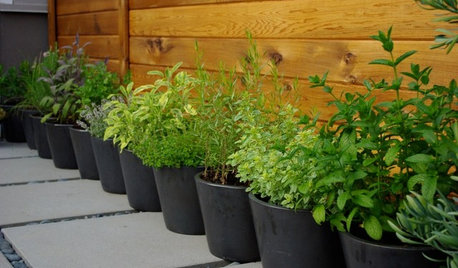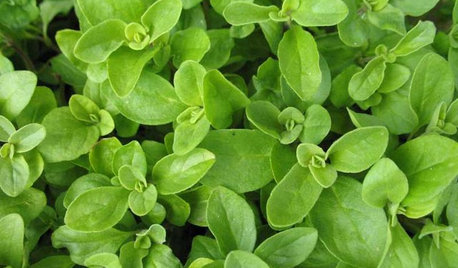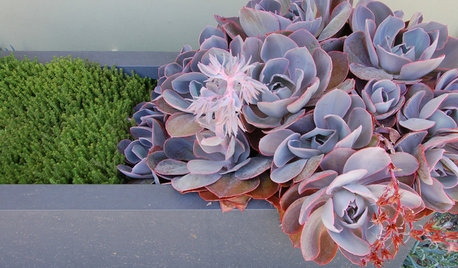Guide to growing different pepper varieties
djkj
9 years ago
Related Stories

EDIBLE GARDENSSummer Crop: How to Grow Blueberries
Plant blueberries in spring or fall for garden beauty through three seasons — and a sweet superfood in summer
Full Story
EDIBLE GARDENSHow to Grow Your Own Sweet Summer Crops
This guide will help any gardener get started on growing the freshest warm-season veggies and berries for summer
Full Story
EDIBLE GARDENSSummer Crops: How to Grow Tomatoes
Plant tomato seedlings in spring for one of the best tastes of summer, fresh from your backyard
Full Story
SUMMER GARDENINGHow to Grow Basil
Bright color, quick growth and endless uses for cooking make this summer annual a winner in the garden or a pot
Full Story
GARDENING GUIDES6 Ways to Grow Edibles in Small Places
No big backyard? Join in the grow-your-own fun with these small-space ideas for planting vegetables, fruits and herbs
Full Story
EDIBLE GARDENSHerb Garden Essentials: Grow Your Own Oregano and Marjoram
Say 'buon giorno' to classic Italian herbs you can grow just as easily in pots as in the summer garden
Full Story
SUCCULENTSGrow a Garden of Succulents for Easy Beauty
Low-water plants in a wide range of colors, shapes and sizes? Sign us up — and check out our faves here
Full Story
SPRING GARDENINGSummer Crops: How to Grow Strawberries
Pluck your own sweet strawberries right from the garden vine for smoothies, salads or eating then and there
Full Story
SUMMER FRUITS AND VEGETABLESSummer Crops: How to Grow Beans
Grow your own beans for amazing variety and healthy, convenient produce all summer
Full Story
EDIBLE GARDENSSummer Crops: How to Grow Squash
Almost foolproof and with cheerful flowers, squash comes in a wide range of varieties to plant in spring
Full StoryMore Discussions


terry_neoh
woohooman San Diego CA zone 10a
Related Professionals
Glen Ellyn Landscape Architects & Landscape Designers · Oatfield Landscape Architects & Landscape Designers · Stoughton Landscape Contractors · Kerman Landscape Contractors · La Verne Landscape Contractors · Lake Zurich Landscape Contractors · Madera Landscape Contractors · North Plainfield Landscape Contractors · Parker Landscape Contractors · Pleasant Hill Landscape Contractors · West Covina Landscape Contractors · Four Corners Landscape Contractors · La Vista Driveway Installation & Maintenance · Reston Driveway Installation & Maintenance · The Woodlands Driveway Installation & Maintenanceloribee2
djkjOriginal Author
djkjOriginal Author
woohooman San Diego CA zone 10a
digdirt2
djkjOriginal Author
djkjOriginal Author
seysonn
HotHabaneroLady
woohooman San Diego CA zone 10a
djkjOriginal Author